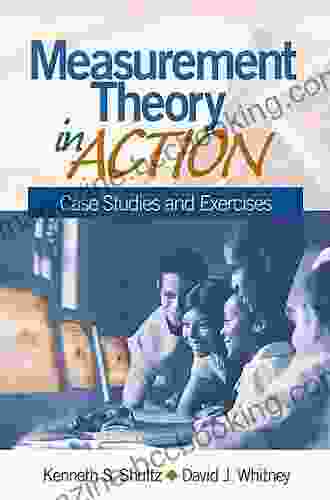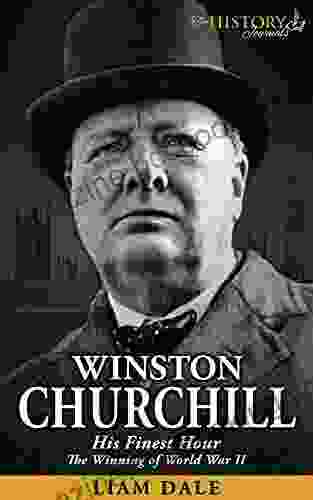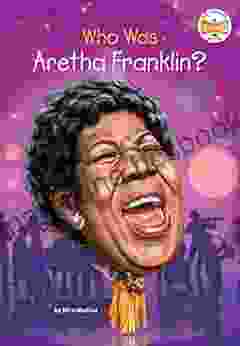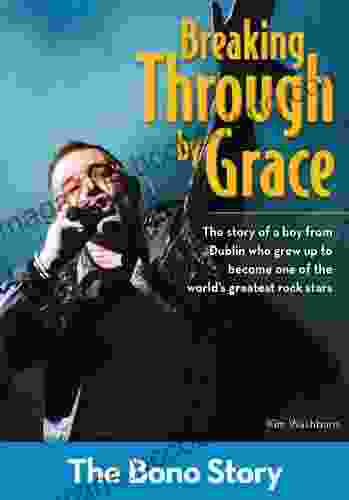Measurement Theory: Unveiling the 'How' and 'What' of Measurement

Measurement, the cornerstone of any scientific endeavor, is the process of assigning numbers to objects or events to quantify their properties. Measurement theory provides the foundation for understanding the principles, methods, and limitations of measurement, enabling us to make meaningful comparisons and draw valid s. 5 out of 5 This article, an in-depth exploration of measurement theory, delves into the concepts, tools, and applications of this multifaceted field. Through a combination of real-life case studies and practical exercises, we will illuminate the complexities of measurement, empowering you with the knowledge to effectively design, conduct, and interpret measurement procedures. The choice of measurement scale is crucial as it determines the level of measurement and the types of statistical analyses that can be performed. Measurement theory classifies scales into four main categories: To illustrate the practical application of measurement theory, let's delve into a case study involving customer satisfaction measurement. A retail company aims to assess customer satisfaction with its products and services. They design a survey using a Likert scale (an ordinal scale) to measure customer opinions on various aspects of their experience. Using statistical analysis, the company determines that the majority of customers are satisfied with the products but less satisfied with the customer service. This insight helps the company identify areas for improvement and develop targeted strategies to enhance customer satisfaction. Two fundamental concepts in measurement theory are reliability and validity. Reliability refers to the consistency and dependability of the measurement, while validity assesses the extent to which a measurement reflects the intended construct. Researchers employ various methods to establish reliability, such as test-retest reliability (measuring the same construct at different time points) and inter-rater reliability (comparing measurements made by multiple raters). Validity, on the other hand, is often assessed through construct validity (comparing the measurement to other established measures of the same construct) and criterion validity (correlating the measurement with an external criterion). To reinforce your understanding of measurement theory, let's engage in a practical exercise. Consider a scenario where you need to develop a measurement tool to assess employee performance. Based on the principles of measurement theory, outline the following: Measurement theory finds wide-ranging applications across various disciplines, including: Measurement theory empowers us with a rigorous framework for designing, conducting, and interpreting meaningful measurements. By understanding the principles and methods of measurement theory, we can make informed decisions about the appropriate measurement scales, ensure the accuracy and reliability of our measurements, and draw valid s from our data. This article has provided a comprehensive overview of measurement theory, its applications, and its significance in both research and practical settings. Whether you are a researcher, a practitioner, or a student, embracing the principles of measurement theory will elevate your research and decision-making abilities.Language : English File size : 10867 KB Screen Reader : Supported X-Ray : Enabled Print length : 434 pages X-Ray for textbooks : Enabled Measurement Scales and Their Significance
Case Study: Measuring Customer Satisfaction
Reliability and Validity: The Cornerstones of Measurement
Exercise: Designing a Measurement Tool
Applications of Measurement Theory in Diverse Fields
References
5 out of 5
| Language | : | English |
| File size | : | 10867 KB |
| Screen Reader | : | Supported |
| X-Ray | : | Enabled |
| Print length | : | 434 pages |
| X-Ray for textbooks | : | Enabled |
Do you want to contribute by writing guest posts on this blog?
Please contact us and send us a resume of previous articles that you have written.
 Book
Book Novel
Novel Page
Page Chapter
Chapter Text
Text Story
Story Genre
Genre Reader
Reader Library
Library Paperback
Paperback E-book
E-book Magazine
Magazine Newspaper
Newspaper Paragraph
Paragraph Sentence
Sentence Bookmark
Bookmark Shelf
Shelf Glossary
Glossary Bibliography
Bibliography Foreword
Foreword Preface
Preface Synopsis
Synopsis Annotation
Annotation Footnote
Footnote Manuscript
Manuscript Scroll
Scroll Codex
Codex Tome
Tome Bestseller
Bestseller Classics
Classics Library card
Library card Narrative
Narrative Biography
Biography Autobiography
Autobiography Memoir
Memoir Reference
Reference Encyclopedia
Encyclopedia Kenneth E Burchett
Kenneth E Burchett Ken Little
Ken Little Kay Doherty Bennett
Kay Doherty Bennett Lynda Williams
Lynda Williams Teddy Crispin
Teddy Crispin Kenneth R Miller
Kenneth R Miller Nathan James
Nathan James Sara Horowitz
Sara Horowitz Paul G Clifford
Paul G Clifford Sayeeda Warsi
Sayeeda Warsi Kellee Parr
Kellee Parr Nicholas Fox
Nicholas Fox Kerri Hummingbird Sami
Kerri Hummingbird Sami Vijay Boyapati
Vijay Boyapati Yasuo Kuwahara
Yasuo Kuwahara Ken Mink
Ken Mink Mia Black
Mia Black Paris Rosenthal
Paris Rosenthal Kati Marton
Kati Marton Ken Shamrock
Ken Shamrock
Light bulbAdvertise smarter! Our strategic ad space ensures maximum exposure. Reserve your spot today!
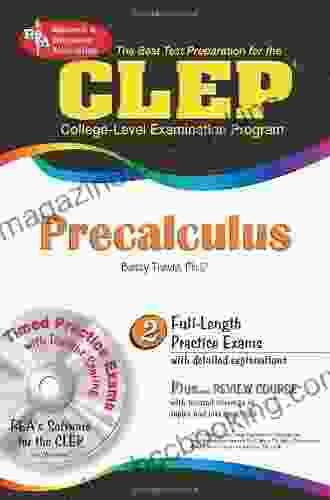
 George Bernard ShawMaster Precalculus with CLEP: The Ultimate CLEP Precalculus Preparation Guide
George Bernard ShawMaster Precalculus with CLEP: The Ultimate CLEP Precalculus Preparation Guide Allan JamesFollow ·8.7k
Allan JamesFollow ·8.7k Shawn ReedFollow ·12.1k
Shawn ReedFollow ·12.1k Calvin FisherFollow ·2.9k
Calvin FisherFollow ·2.9k Shaun NelsonFollow ·19.4k
Shaun NelsonFollow ·19.4k Hudson HayesFollow ·18k
Hudson HayesFollow ·18k Ross NelsonFollow ·12.4k
Ross NelsonFollow ·12.4k Gene PowellFollow ·9.9k
Gene PowellFollow ·9.9k Charles BukowskiFollow ·10.2k
Charles BukowskiFollow ·10.2k
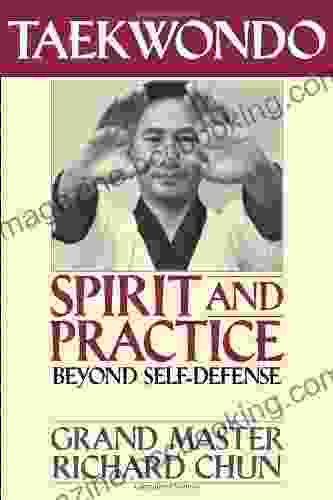
 Joshua Reed
Joshua ReedUnveiling the Profound Essence of Taekwondo: Spirit and...
Taekwondo, an ancient...
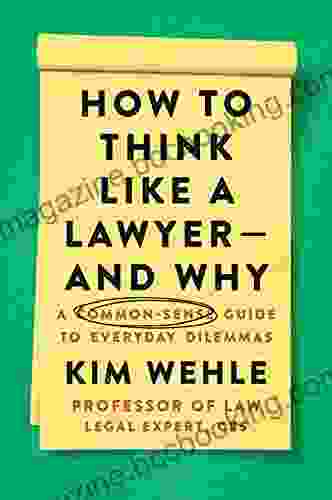
 Clarence Brooks
Clarence BrooksUnveiling Clarity: The Common Sense Guide to Everyday...
In the labyrinthine world of legal...

 Anthony Wells
Anthony WellsBless Me, Ultima: A Literary Odyssey into the Heart of...
In the tapestry of American literature,...

 Alexandre Dumas
Alexandre DumasPioneer Life Or Thirty Years A Hunter - A Captivating...
Discover the Raw and...

 Samuel Beckett
Samuel BeckettThe Mike Fisher Story: An Inspiring Tale of Faith,...
Prepare to be...
5 out of 5
| Language | : | English |
| File size | : | 10867 KB |
| Screen Reader | : | Supported |
| X-Ray | : | Enabled |
| Print length | : | 434 pages |
| X-Ray for textbooks | : | Enabled |


